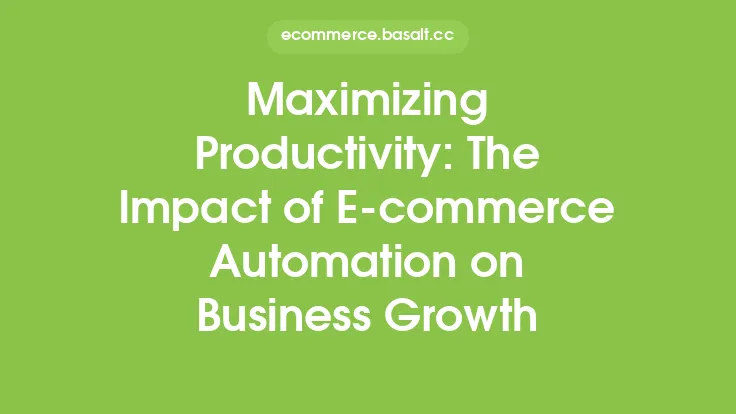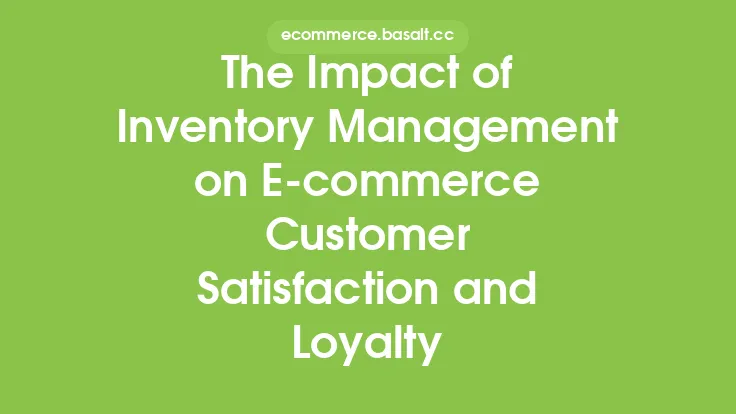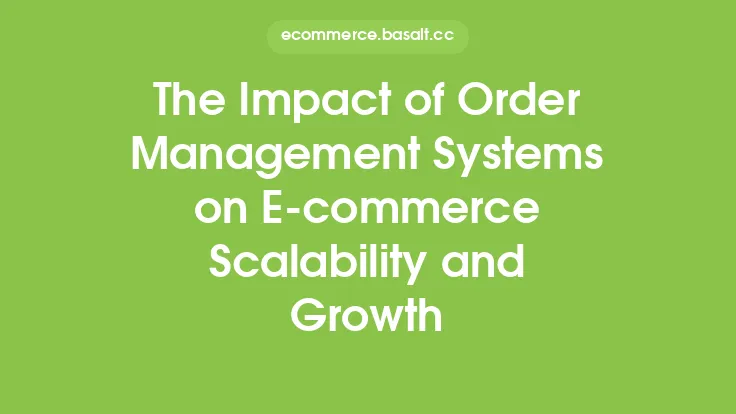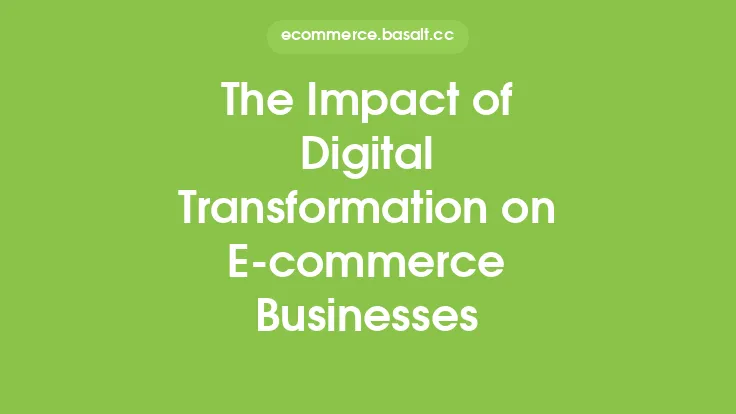Seasonal promotions have become a crucial aspect of e-commerce sales, as they provide businesses with an opportunity to capitalize on changing consumer behaviors and preferences throughout the year. By understanding the impact of seasonal promotions on e-commerce sales, businesses can develop effective strategies to drive revenue, increase customer engagement, and stay ahead of the competition.
Understanding Seasonal Promotions
Seasonal promotions refer to the marketing and sales strategies implemented by e-commerce businesses to coincide with specific holidays, events, or seasons. These promotions can take many forms, including discounts, free shipping, bundle deals, and limited-time offers. The goal of seasonal promotions is to create a sense of urgency and excitement among customers, encouraging them to make purchases during a specific period.
The Psychology of Seasonal Promotions
Seasonal promotions tap into the psychological aspects of consumer behavior, exploiting the emotional connections people have with certain holidays or events. For example, during the winter holiday season, consumers are more likely to make purchases as gifts for loved ones, while during the summer months, they may be more inclined to buy products related to outdoor activities or vacations. By understanding these psychological triggers, e-commerce businesses can design promotions that resonate with their target audience and drive sales.
Types of Seasonal Promotions
There are various types of seasonal promotions that e-commerce businesses can use to drive sales. Some common examples include:
- Holiday-themed promotions, such as Christmas or Halloween sales
- Seasonal product bundles, such as winter clothing or summer outdoor gear
- Limited-time offers, such as flash sales or countdown deals
- Free shipping or gift wrapping promotions
- Loyalty program rewards or exclusive discounts for loyal customers
Measuring the Effectiveness of Seasonal Promotions
To determine the impact of seasonal promotions on e-commerce sales, businesses need to track and analyze key performance indicators (KPIs) such as:
- Conversion rates: The percentage of website visitors who make a purchase during a promotion
- Average order value (AOV): The average amount spent by customers during a promotion
- Customer acquisition cost (CAC): The cost of acquiring new customers through promotional channels
- Customer retention rate: The percentage of customers who return to make repeat purchases after a promotion
- Return on investment (ROI): The revenue generated by a promotion compared to its cost
Best Practices for Implementing Seasonal Promotions
To maximize the impact of seasonal promotions on e-commerce sales, businesses should follow best practices such as:
- Planning ahead: Developing a promotional calendar that outlines strategies and tactics for each season or holiday
- Segmenting audiences: Tailoring promotions to specific customer segments or demographics
- Creating a sense of urgency: Using limited-time offers or scarcity messaging to encourage purchases
- Offering value: Providing discounts, free shipping, or other incentives that add value to the customer experience
- Monitoring and optimizing: Continuously tracking KPIs and adjusting promotional strategies to optimize results
The Role of Technology in Seasonal Promotions
Technology plays a crucial role in the success of seasonal promotions, enabling e-commerce businesses to:
- Automate promotional campaigns: Using marketing automation tools to schedule and deploy promotions
- Personalize customer experiences: Using data and analytics to tailor promotions to individual customers or segments
- Optimize website performance: Ensuring that websites can handle increased traffic and sales during promotional periods
- Analyze performance: Using data and analytics to track KPIs and optimize promotional strategies
Conclusion
Seasonal promotions are a powerful tool for driving e-commerce sales, allowing businesses to capitalize on changing consumer behaviors and preferences throughout the year. By understanding the psychology of seasonal promotions, implementing effective strategies, and leveraging technology, e-commerce businesses can maximize the impact of seasonal promotions and stay ahead of the competition. Whether it's a holiday-themed sale or a summer clearance event, seasonal promotions offer a unique opportunity for e-commerce businesses to drive revenue, increase customer engagement, and build brand loyalty.





